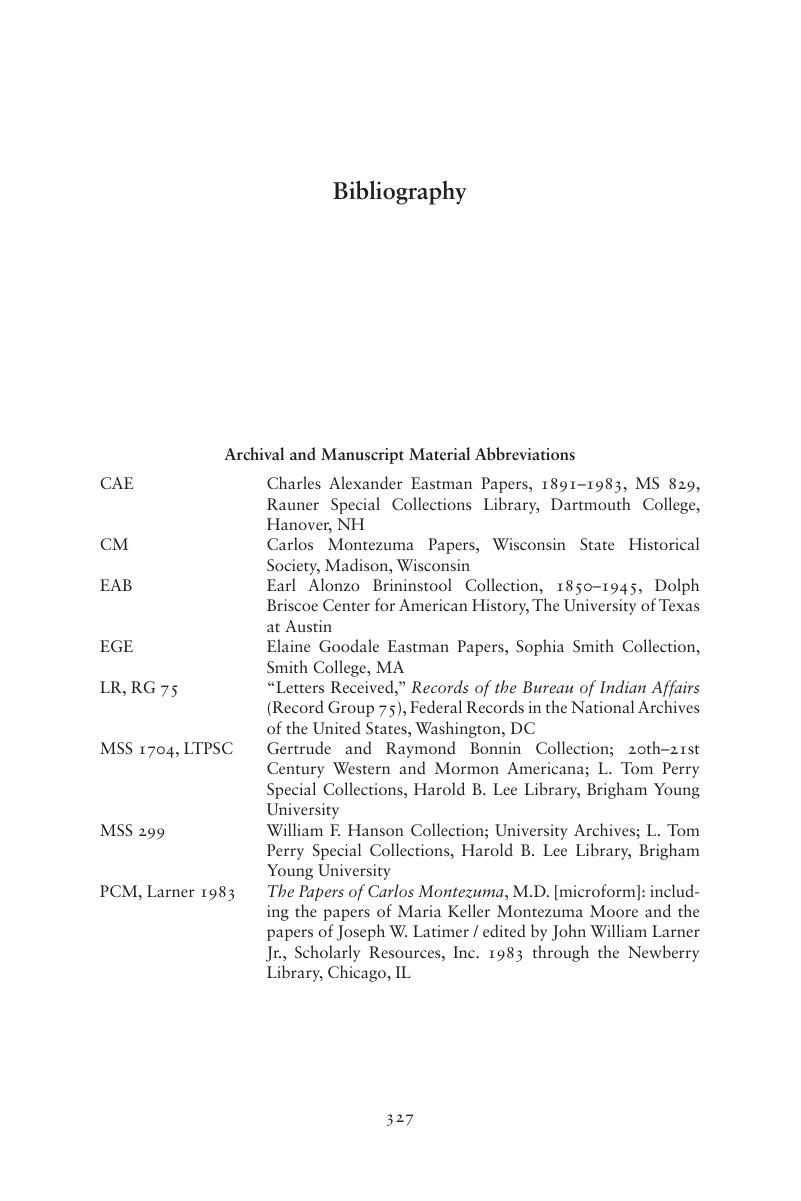Bibliography
Published online by Cambridge University Press: 05 August 2015
Summary

- Type
- Chapter
- Information
- Indigenous IntellectualsSovereignty, Citizenship, and the American Imagination, 1880–1930, pp. 327 - 350Publisher: Cambridge University PressPrint publication year: 2015



